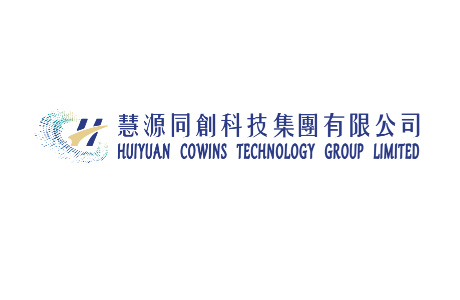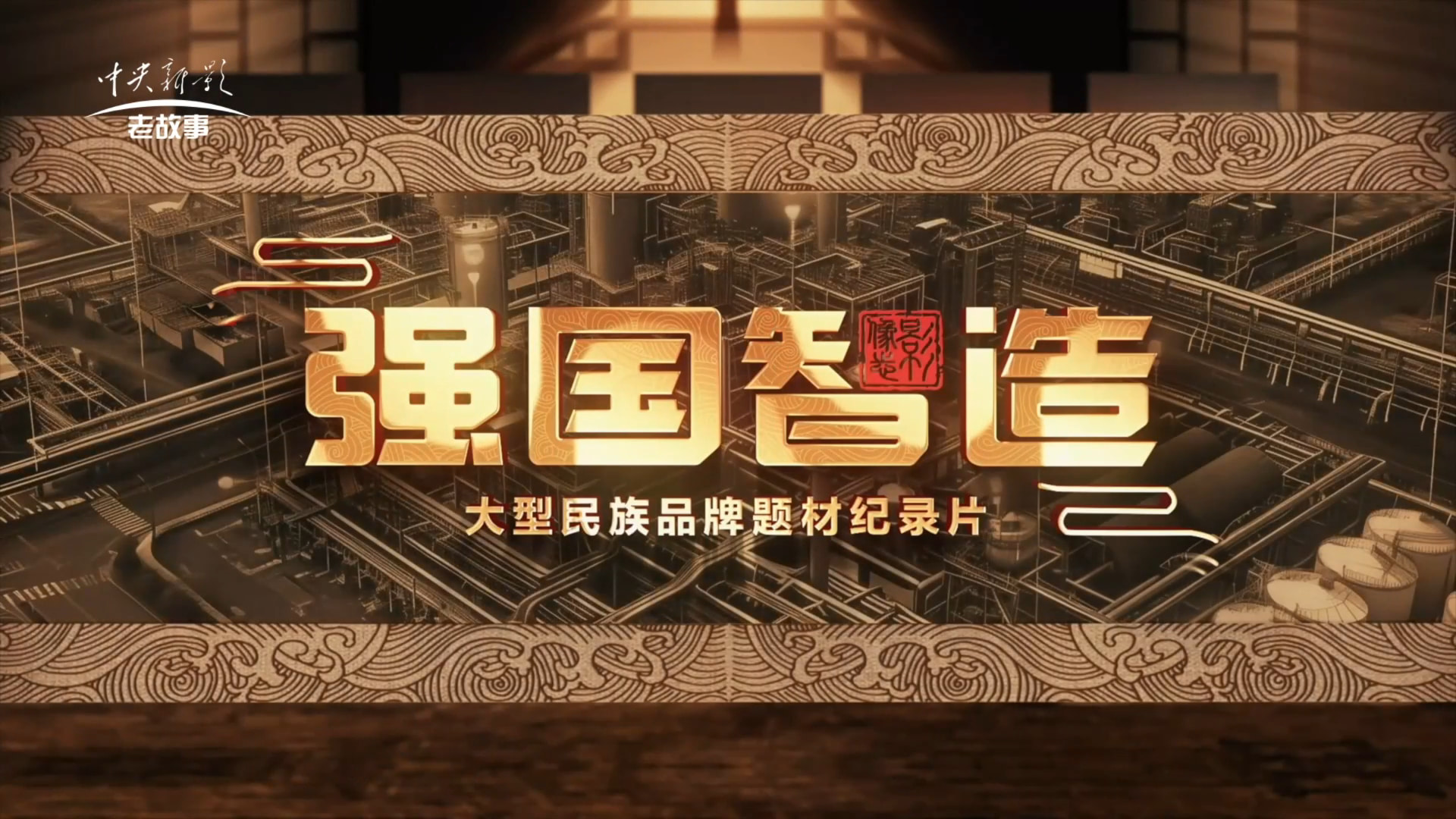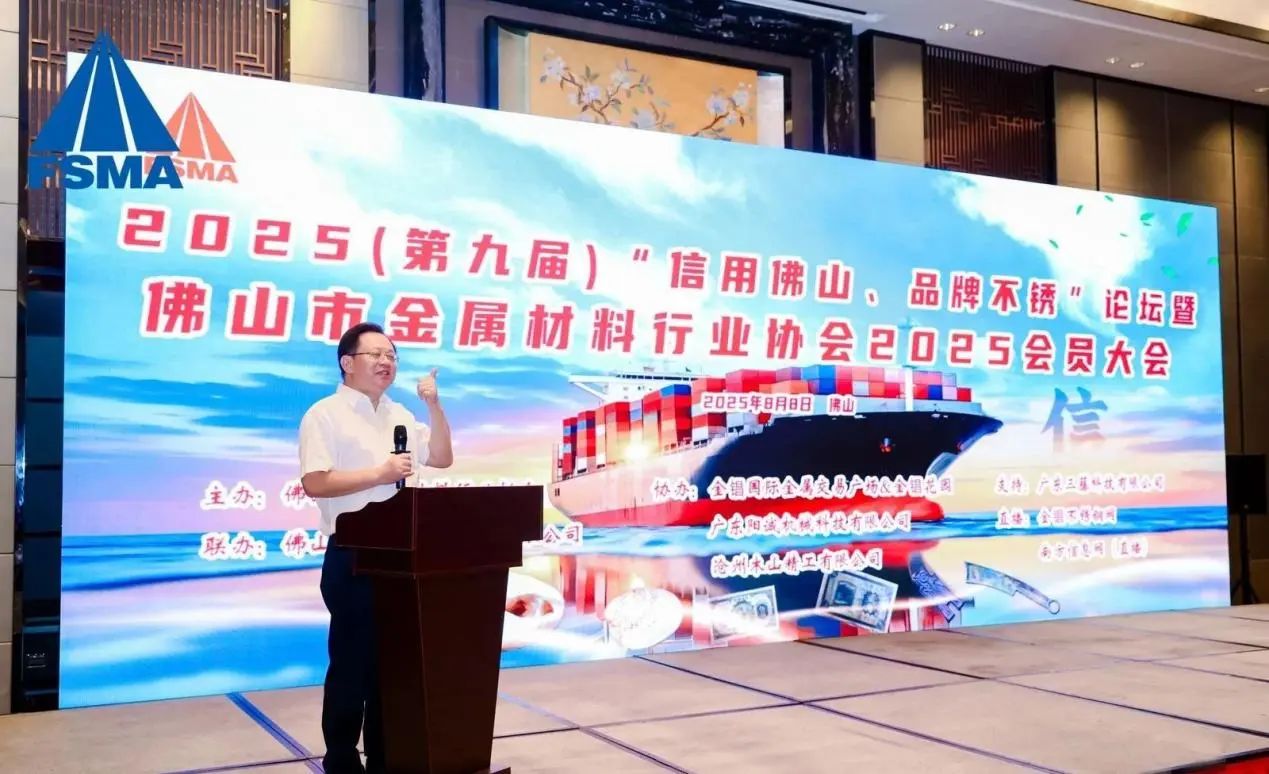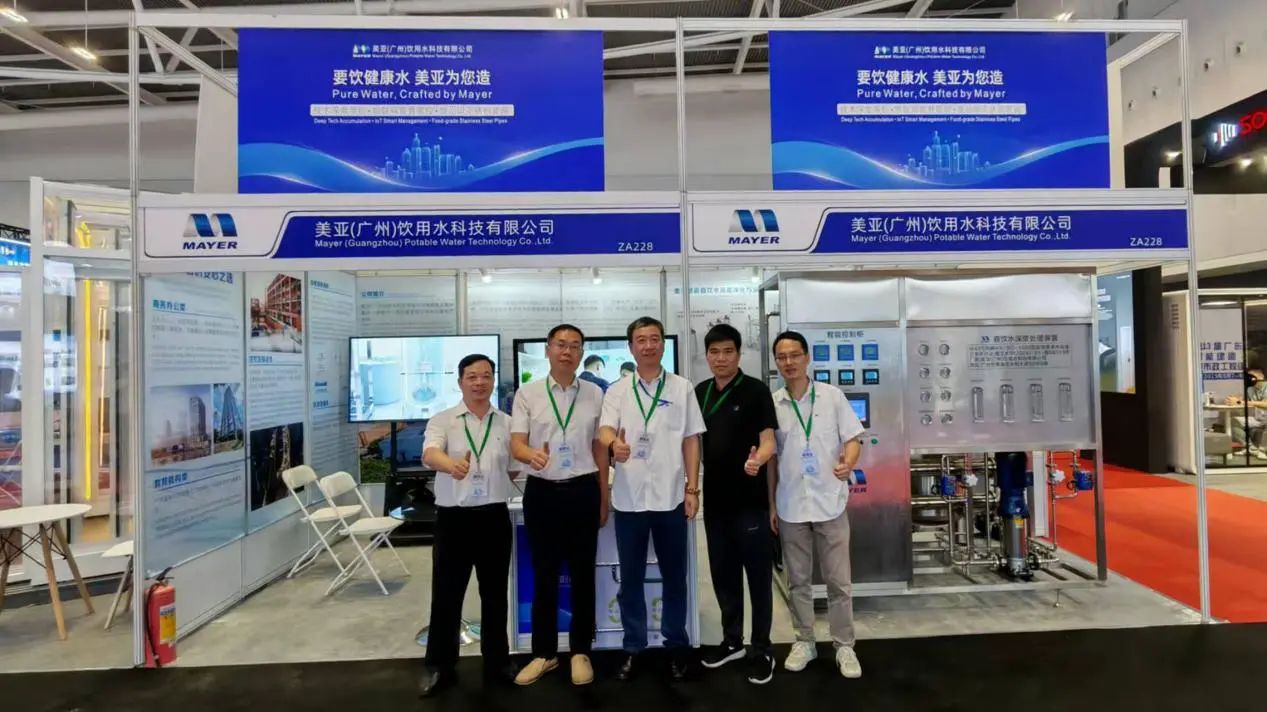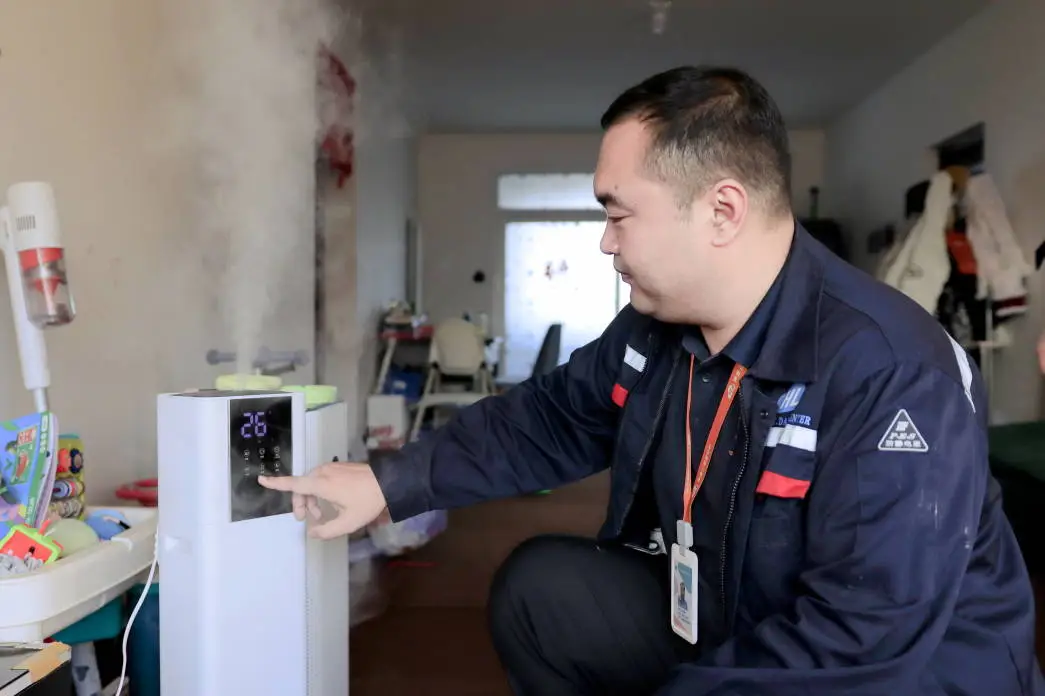
Assessment data shows that the waste heat heating system delivered a total of 19,049.84 GJ of thermal energy, equivalent to saving 649.98 tonnes of standard coal and reducing greenhouse gas emissions by 1,048.69 tonnes of CO₂ (tCO₂). On the data center side, the waste heat recovery system achieved water savings of 8,992 cubic meters, with a comprehensive water conservation rate of 56.61%. After replacing traditional gas-fired boilers with waste heat for heating, the heating costs have been significantly reduced by 58.63%.
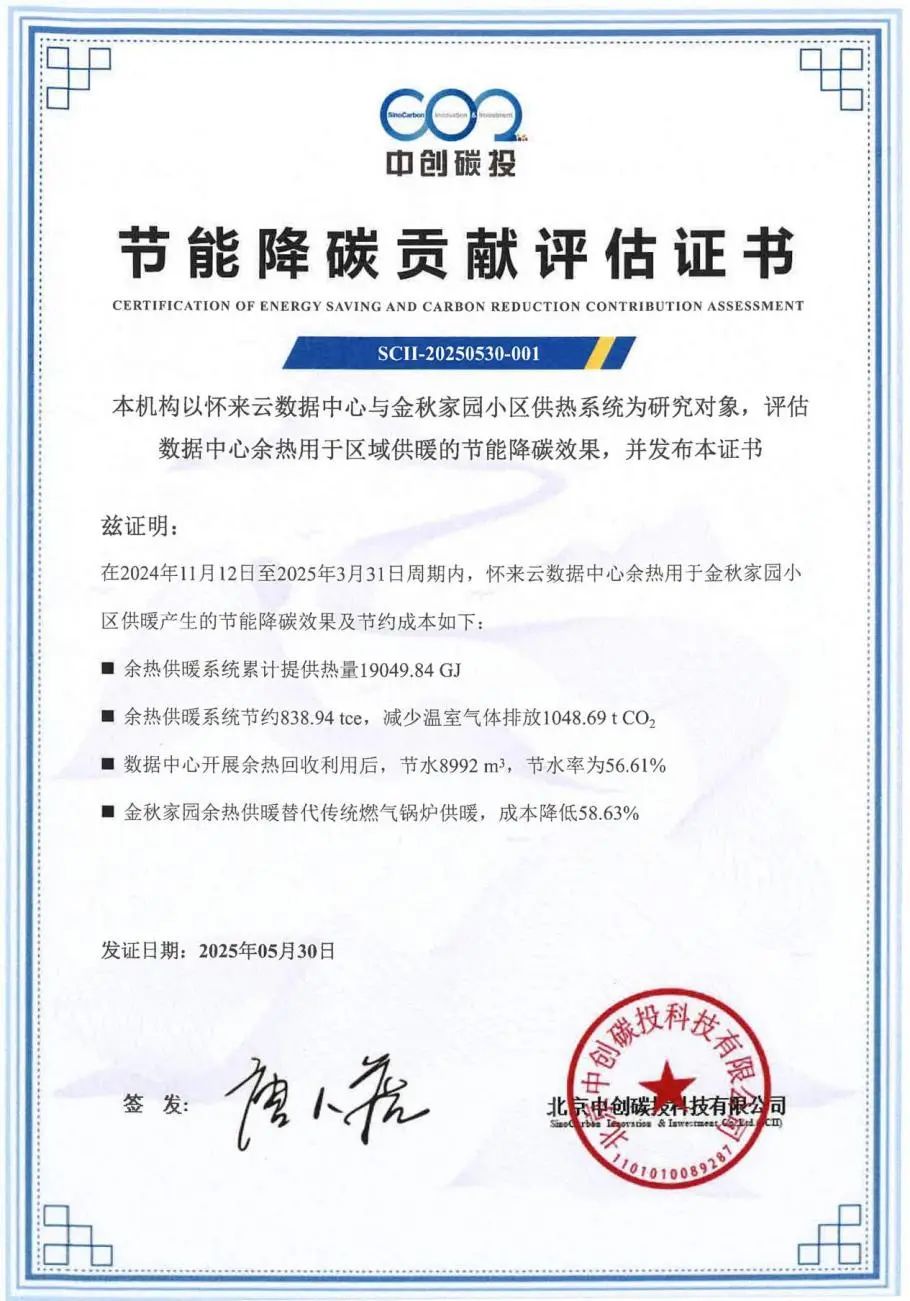
Led by Mayer Energy Storage, the project established a comprehensive "energy conservation - water conservation - economic feasibility" evaluation model, quantifying the environmental benefits of waste heat recovery from multiple dimensions such as equipment energy efficiency, system operation, and resource recycling. In particular, a special heat substitution analysis was conducted in the field of residential heating, accurately calculating the synergistic effects of energy conservation and carbon reduction as well as the cost-saving potential generated by replacing traditional gas-fired boilers, thus providing a quantifiable reference standard for the industry.
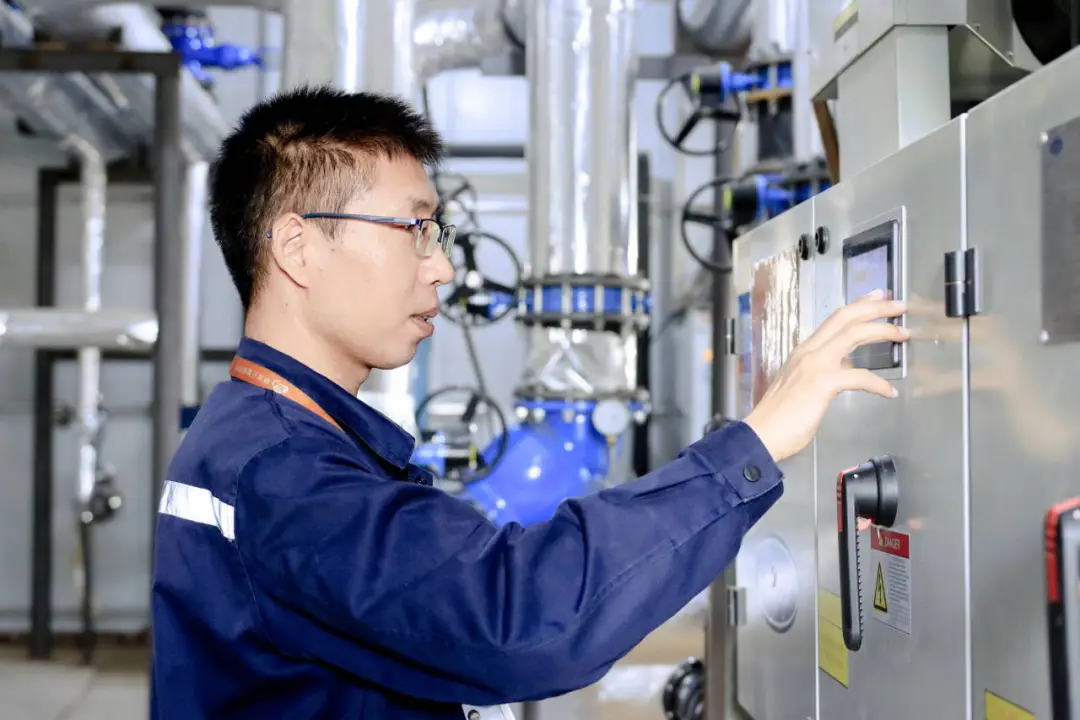
The regional energy synergy model of "Data Center + Waste Heat Recovery + Smart Heating" verified by Mayer Energy Storage not only provides an innovative solution for clean heating in the Huailai area but also offers a replicable and promotable technological pathway as a practical sample for the low-carbon transformation of energy-intensive industries in the Beijing-Tianjin-Hebei region. This model effectively alleviates regional energy constraints and ecological governance pressures, and holds significant demonstrative significance for advancing the implementation of the national "Dual Carbon" strategy.
This certification marks another breakthrough for Mayer Energy Storage in the field of phase change energy storage technology, achieving the dual value of environmental protection and benefits for the people. Its mature technical approach and scientific evaluation methods provide strong support and practical reference for the industry to practice the concept of green development and implement the "Dual Carbon" goals.

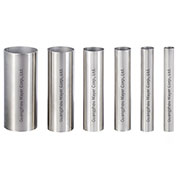
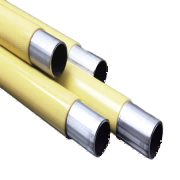
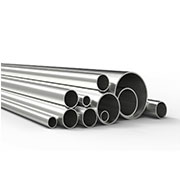

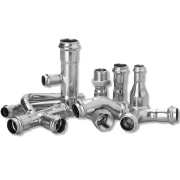

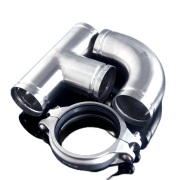
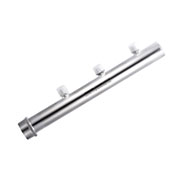
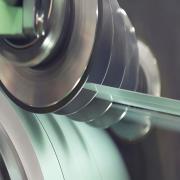
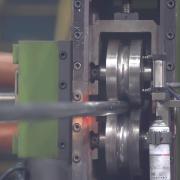
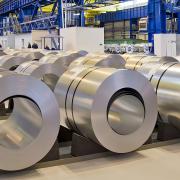
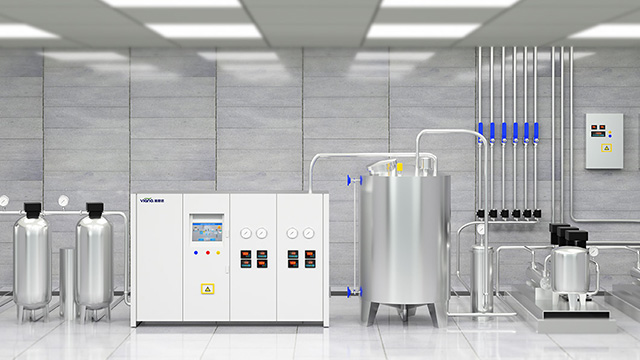
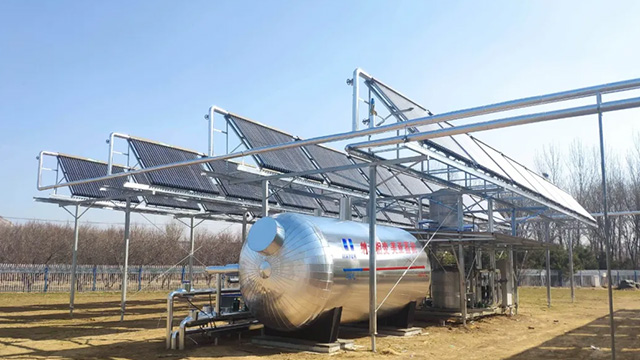










 2025-07-10
2025-07-10
